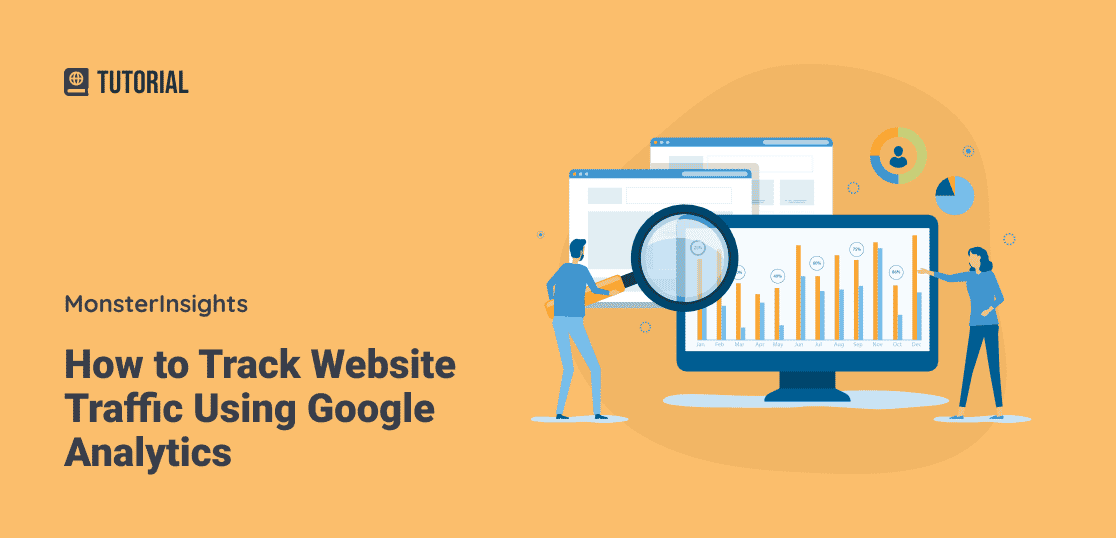Insider's Guide: What Is Not Considered a Source in Google Analytics by Default
Insider's Guide: What Is Not Considered a Source in Google Analytics by Default
Blog Article
Taking Advantage Of the Complete Possible of Google Analytics for Company Development
In the realm of digital organization methods, Google Analytics stands as a stalwart tool for organizations looking for to browse the complexities of on the internet data. As businesses make every effort to make educated decisions and optimize their online visibility, the question emerges: Exactly how can one absolutely unlock the complete capacity of Google Analytics to propel organization growth and attain tactical purposes?
Establishing Google Analytics Account
Establishing up your Google Analytics account is a necessary initial action in effectively tracking and examining information for your organization growth. To start, go to the Google Analytics internet site and indication in with your Google account. Next off, click on "Beginning free of charge" and follow the triggers to establish your account by offering details about your web site, such as the name, LINK, market classification, and reporting time zone.
After finishing these actions, you will certainly get a tracking ID, which is a distinct code that you need to add to your website. This code permits Google Analytics to collect information and generate records based upon the activity happening on your website. You can include this tracking ID manually to your site's HTML code or make use of a plugin if you are utilizing a platform like WordPress.

Understanding Key Metrics

Website Traffic Sources: Understanding where your site web traffic is coming from (straight, organic search, social media sites, referrals) assists in tailoring your advertising approaches to concentrate on networks that drive one of the most site visitors.
Bounce Price: This statistics suggests the percentage of visitors who browse far from your website after seeing just one web page - What Is Not Considered A Source In Google Analytics By Default. A high bounce price might signify concerns with website usability or content relevance
Conversion Rate: Tracking the percentage of visitors who complete a desired action, such as buying or signing up for a newsletter, is critical for reviewing the performance of your internet site in achieving organization goals.
Pageviews: Checking the number of times each web page on your site is checked out provides understandings right into preferred web content and individual interaction levels.
Executing Customized Tracking
To boost the deepness of insights gathered from Google Analytics, organizations can profit dramatically by integrating customized tracking approaches customized to their particular objectives. Customized monitoring enables companies to track unique information factors that are not captured by default in Google Analytics. By implementing personalized tracking, companies can obtain a much more detailed understanding of user behavior, conversion patterns, and various other crucial metrics that are important for making informed organization choices.
One common technique of customized tracking is establishing up event monitoring to keep track of specific individual interactions on a website, such as click buttons, video clip views, or downloads. This allows companies to review the efficiency of their internet site components and advertising projects much more specifically.
Furthermore, description businesses can produce custom dimensions and metrics to track and analyze data that is specific to their market or organization model. For instance, an e-commerce firm might establish custom-made tracking to keep track of the efficiency of various product groups or customer sections.
Evaluating Conversion Paths
By leveraging the insights gained from custom-made tracking methods, companies can currently concentrate on examining conversion courses to more improve their understanding of customer actions and optimize their conversion techniques. Evaluating conversion paths includes taking a look at the series of actions customers take in the past finishing a wanted activity, such as buying or authorizing up for a solution. By diving into the conversion paths within Google Analytics, companies can determine typical paths that result in conversions, in addition to any type of bottlenecks or drop-off points that may impede the conversion process.
Through the analysis of conversion courses, organizations can gain beneficial understandings right into the efficiency of their web site design, content, and calls to action. This information can aid services make educated choices regarding where to allot sources for maximum impact on conversion rates. By understanding the various paths users take on their journey to conversion, businesses can customize their advertising and anchor marketing approaches to far better overview customers with the conversion funnel and eventually enhance their general conversion rates.
Utilizing Advanced Attributes
Harness the full possibility of Google Analytics by exploring its sophisticated attributes to improve your organization's data-driven decision-making capabilities. Custom-made records allow you to customize the information displayed to satisfy your details business demands and objectives.

In addition, progressed segmentation allows you examine different parts of your internet site's web traffic to identify possibilities, patterns, and patterns. By segmenting your target market based on various standards like demographics, behavior, or website traffic sources, you can much better comprehend their preferences and customize your marketing strategies as necessary. Leveraging these sophisticated features in Google Analytics can supply important understandings that drive informed decision-making and eventually add to your service's growth.
Final Thought
Finally, taking advantage of the complete capacity of Google Analytics for organization growth includes establishing an account, comprehending key metrics, applying customized monitoring, assessing conversion courses, and using innovative attributes. By utilizing these approaches effectively, companies can obtain important understandings right into their website performance, individual actions, and conversion prices. This data-driven approach can assist services make educated decisions, optimize their on the internet existence, and inevitably attain sustainable growth.
As companies aim to make educated choices and maximize their on-line presence, the question arises: How can one really open the complete capacity of Google Analytics to propel company growth and accomplish tactical goals?To improve the depth of insights gathered from Google Analytics, companies can benefit considerably by integrating custom-made tracking techniques tailored to their particular objectives. Customized tracking allows businesses to track distinct data points that are not recorded by default in Google Analytics. By diving right into the conversion paths within Google Analytics, companies can identify common courses that lead to conversions, as well as any traffic jams or drop-off factors that might impede the conversion process.
In final thought, utilizing the full capacity of Google Analytics for business development includes setting up an account, understanding vital metrics, carrying out personalized monitoring, evaluating conversion paths, and utilizing innovative functions.
Report this page